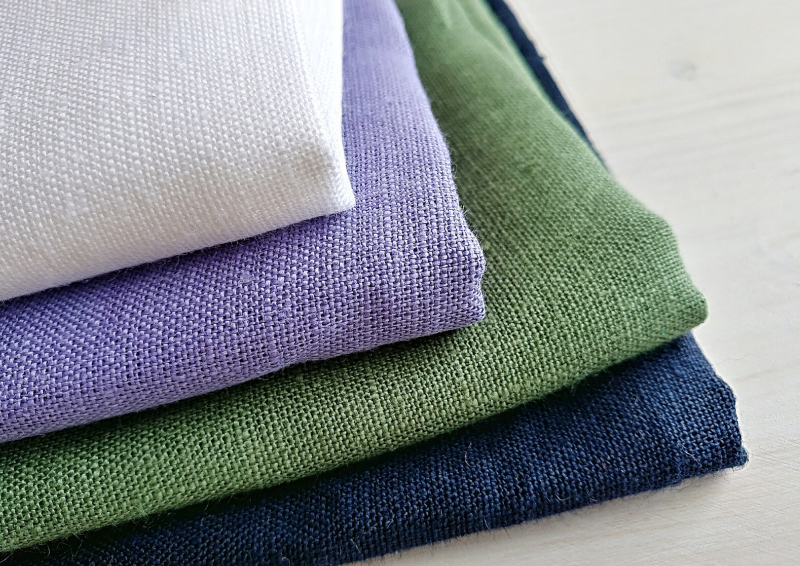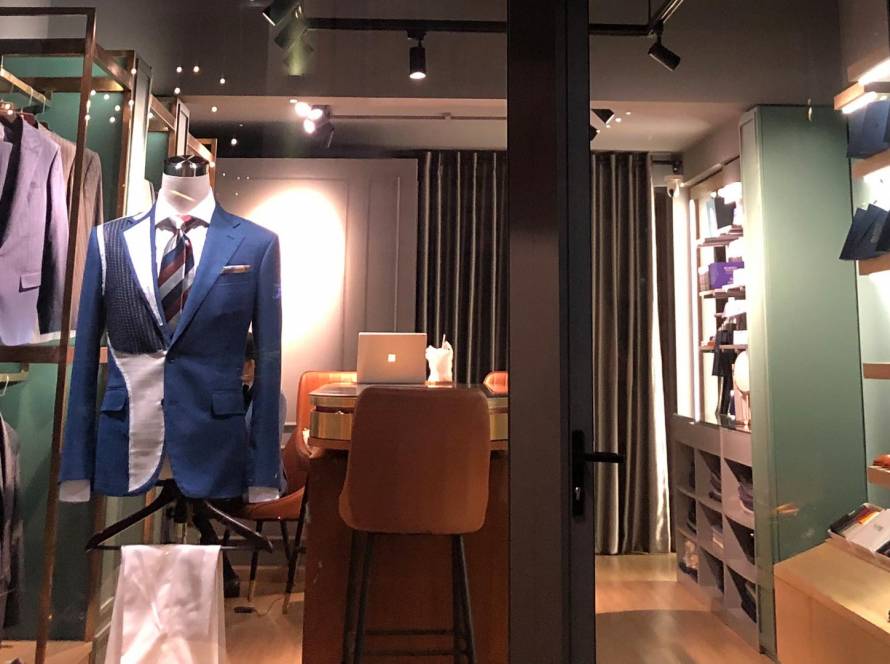It’s a wonder why most of us don’t know much about linen fabric as it’s a common textile. It was once so popular that even now, well past the age of cotton and well into the era of artificial materials, all laundry is often referred to as linens. It was once so precious that it was used for wrapping the bodies of mummies in Egypt, contributing to the preservation of these ancient treasures. Today, linen is used to make clothing, curtains, tablecloths, pillows, rugs, rope, and more. It’s even blended with cotton to make the sturdy, paper-like substance that’s used to create dollar bills.

Table of Contents
Linen Composition

Linen is a sustainable fabric made from flax fibers. The flax plant has been cultivated in just about every country in the world and has been used to make fiber for over 6,000 years. To extract the fibers, the plants are either cut or pulled by hand from the ground (it’s said that pulling creates finer linen). The seeds are then removed through a process called winnowing or ripping, followed by retting which removes the plant stock from the fibers. Once the fibers are separated to collect the longest pieces, which can be up to 20 centimeters long, they are then spun into yarn and eventually woven into fabric.
The Benefits Of Linen
The resulting linen textile is two to three times stronger than cotton and dries at a much faster rate. Because of its porous nature, linen has natural heat and moisture-wicking properties that make it a good conductor of warmth and a popular fabric to use for clothing or bedding in the summer. The natural fibers also hold dye colors better than some other materials, and thus the fabric is available in almost any imaginable color. Linen is also naturally anti-bacterial, which made it a popular choice for bandages for centuries and a favorite for window treatments and accessories such as accent pillows.
Linen does have a few downsides as well. As a fabric, it has little elasticity so it can wrinkle quite a bit. It’s also more expensive than cotton. But despite these drawbacks, linen remains every bit as popular and smart a choice for home decorating accessories as it was when it was first discovered centuries ago.





